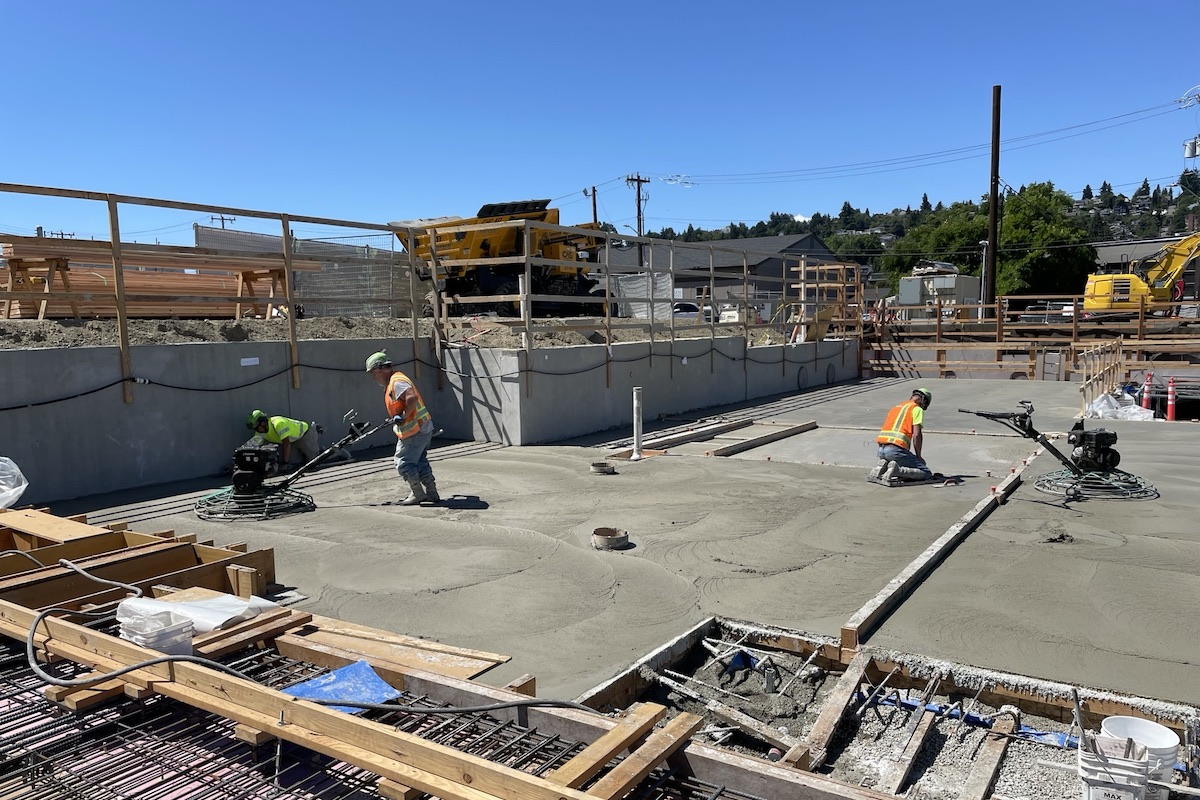All workers who use tools and their supervisors must be familiar with proper operation and maintenance of tools to minimize the potential for injuries. Safety plans begin with the recognition and awareness of hazards on the jobsite. This article examines the safety-related aspects of using hand and power tools.
No matter what type of tool is being used, workers should know and follow the manufacturer’s instructions. They must also have access to and use the correct personal protective equipment (PPE) for the tool and the task.
Power tools should never be carried by their electrical cords or air hoses, and must always be carefully disconnected from receptacles when a task is complete. Jerking a power cord, an air hose, or a hydraulic line could lead to damage. Similarly, cords and hoses should be kept away from potentially damaging environments and materials, such as sharp-edged objects or heat sources. If cords are damaged, they should be tagged so that nobody uses them.
Power cords and hoses are selected to ensure they provide a safe and adequate source of electricity or air for operation, based upon guidance in the tool’s instructions. With electrical tools, remember that extension cords for longer distances require larger-gauge wires. When tools are being serviced or components such as blades are being changed, the tools should be completely disconnected to eliminate the risk of accidental start-up.

| Your local Bobcat dealer |
|---|
| Pape Material Handling |
One of the most common needs is eye protection. Depending upon the tool, task, and environment, safety glasses may be sufficient. At other times, a full face shield may be needed. Ear protection is also important if the worker is exposed to sustained levels of noise. Hearing loss is cumulative, and workers may not be aware that even if a noise is not painfully loud, it may be slowly stealing their hearing.
Gloves are often widely used with power tools, although the specifics may call for very different kinds of gloves. As an example, gloves designed to resist blade cuts may not provide much protection against abrasive devices.
Clothing choices are also very important. Loose-fitting clothes and jewelry can get caught in power tools and expose the wearer to injury. Safety shoes are a good choice, because they protect the feet if heavy tools are dropped.
Workers are often tempted to remove or disable safety devices to provide better access to the tool or perform a task, but should never do so. The same holds true for safety switches, overload devices, and other protective systems or items. If some type of safety interrupt keeps shutting the tool down, workers should not defeat or disable it. Instead, they should stop using the tool until it can be properly serviced.
Proper grounding is critical, whether that is provided by a three-wire cord that is plugged into properly grounded outlet, or through a double-insulated tool. Never try to plug a tool that requires a three-prong plug into a non-grounded outlet or try to remove the third prong. Gloves and safety shoes provide additional protection. Finally, many workers forget that electricity and water don’t mix.

| Your local Volvo Construction Equipment dealer |
|---|
| PacWest Machinery |
Workers should check regularly to ensure all tools and hoses are properly attached and securely fastened. Some tools have safety retainers, locking devices, or other safeguards, and these must be in good working order.
That similarity to firearms underscores the potential hazards. In addition to protecting nearby workers from the force of the explosion, these tools should not be used in atmospheres that have the potential to become explosive or flammable. In addition, loaded tools should never be left unattended, and workers should inspect the tools closely to ensure the integrity of the tool and verify that there are no cracks or other signs of mechanical failure.


































































